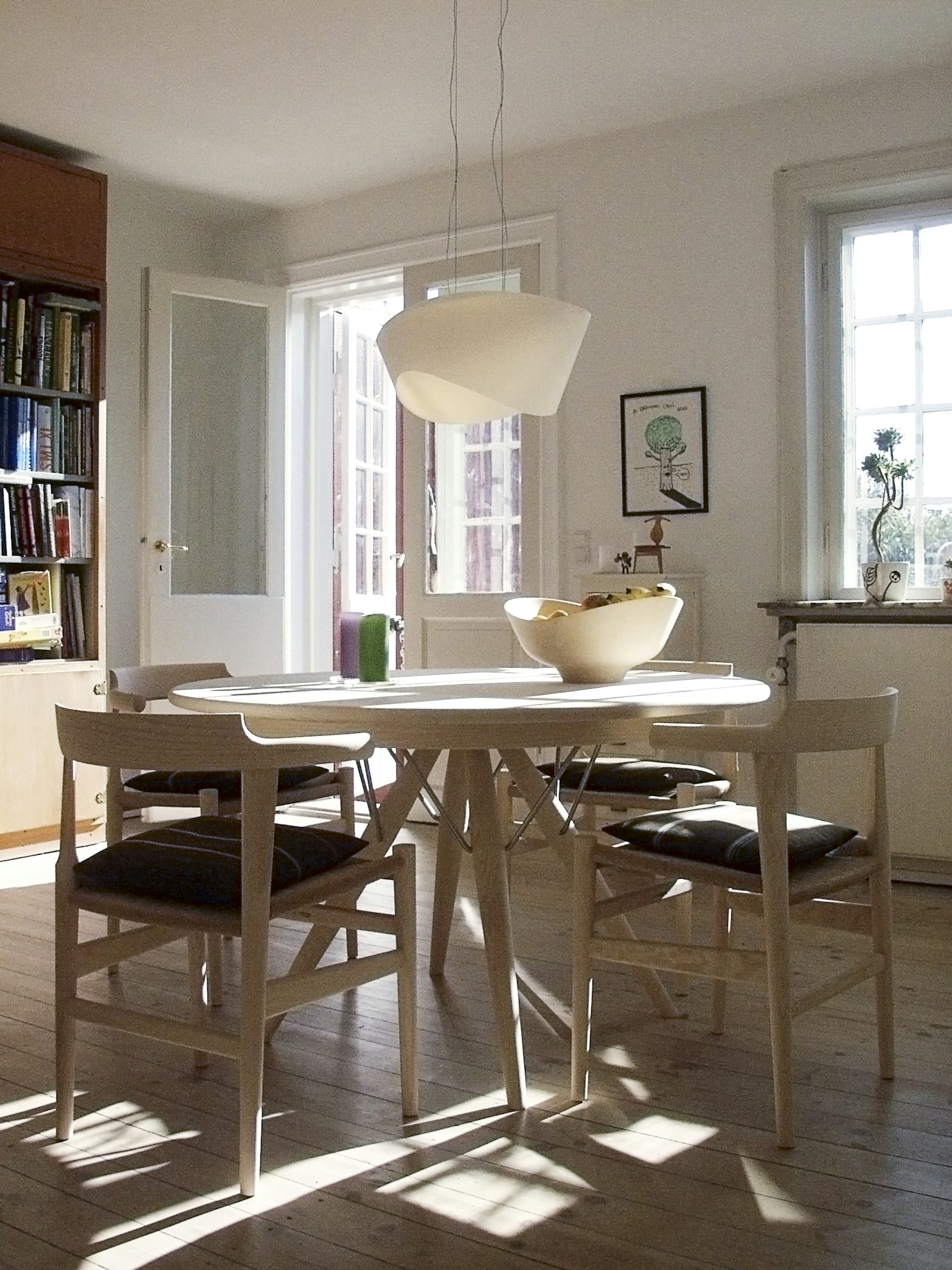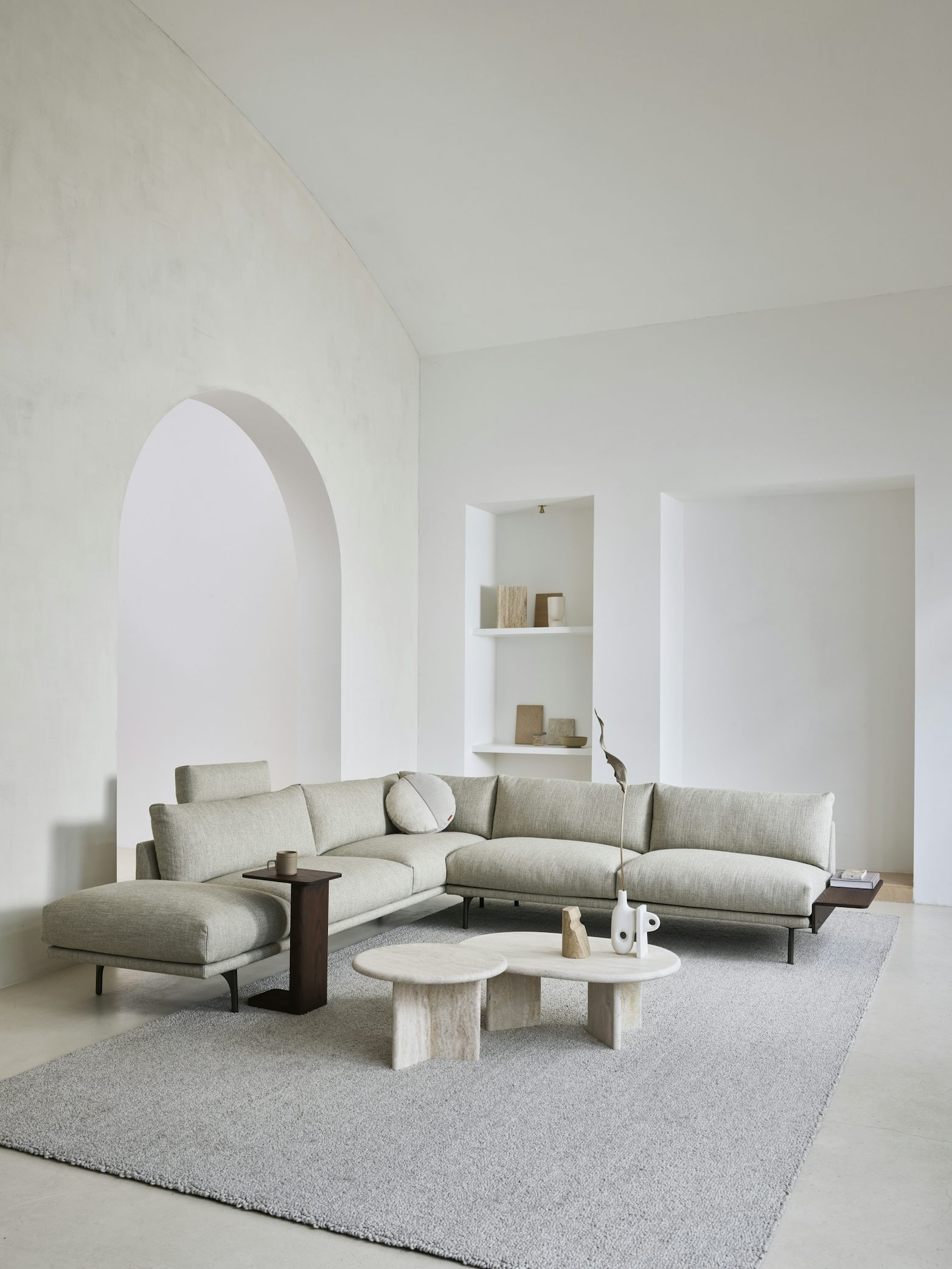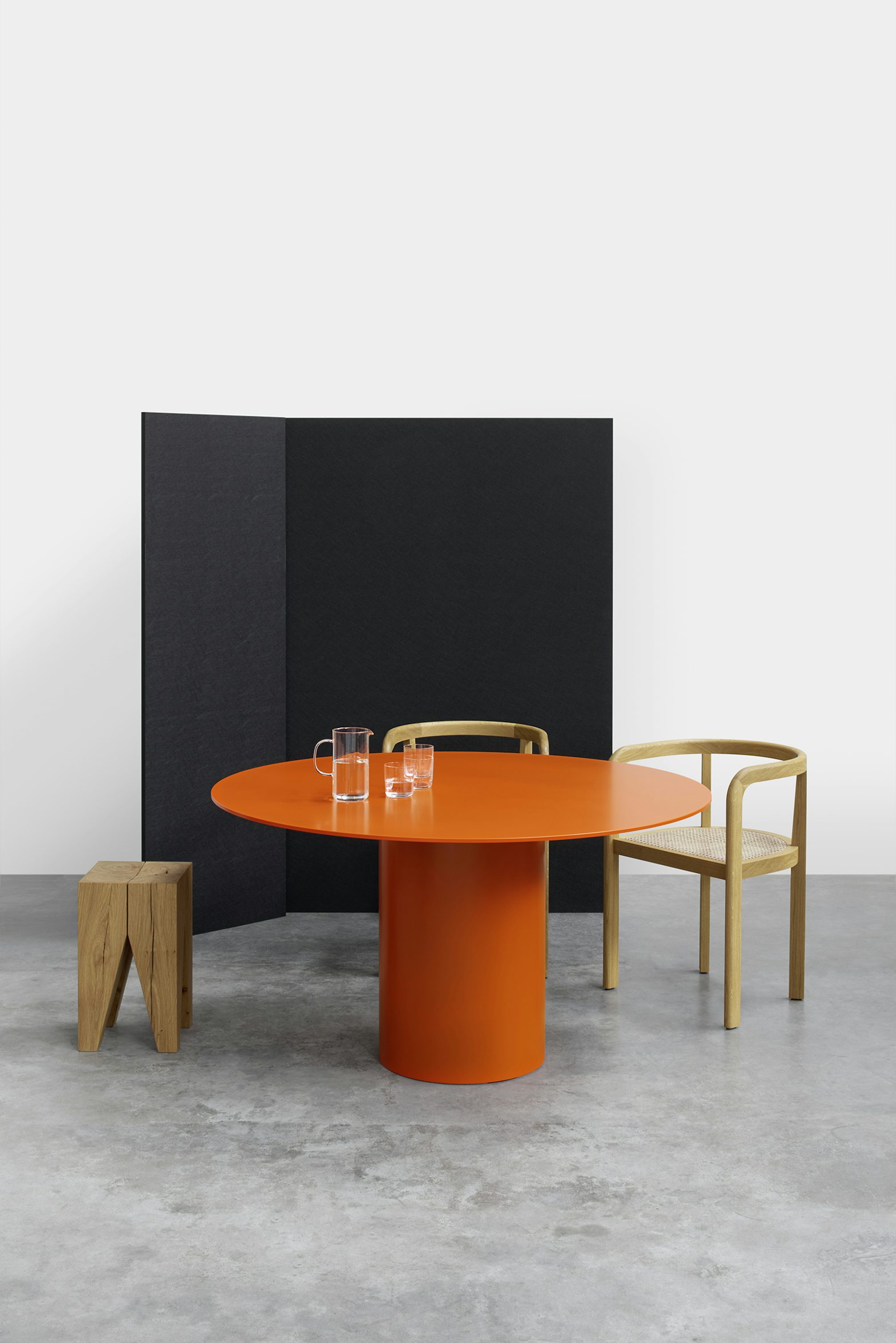Product Gallery
Video
Philipp Mainzer
Germany
Born in Germany, Philipp Mainzer studied product design at Central Saint Martins College of Art and Design, and architecture at the Architectural Association both in London. In 1995 he co-founded the modern furniture brand e15. Having established the progressive, enduring philosophy and unique branding of e15, he has received international awards for many of his designs, which are identifying icons for e15 and part of several permanent exhibitions in museums. Parallel to the creation of e15, Mainzer practiced architecture in New York and continues to do so since his return to Germany in 2001. He is a member of the executive committee of German Design Council and regularly gives lectures on architecture, design, and branding.
More in Furniture
View All
by Hans J. Wegner
for PP Møbler
PP75 Stayed Table

Loto Low Tables

by Johan van Hengel
for Montis
Otis Sofa
More in Philipp Mainzer
View All
by Philipp Mainzer
for e15
Imari Chest

by Philipp Mainzer
for e15
Fatima Chest

by Philipp Mainzer
for e15









